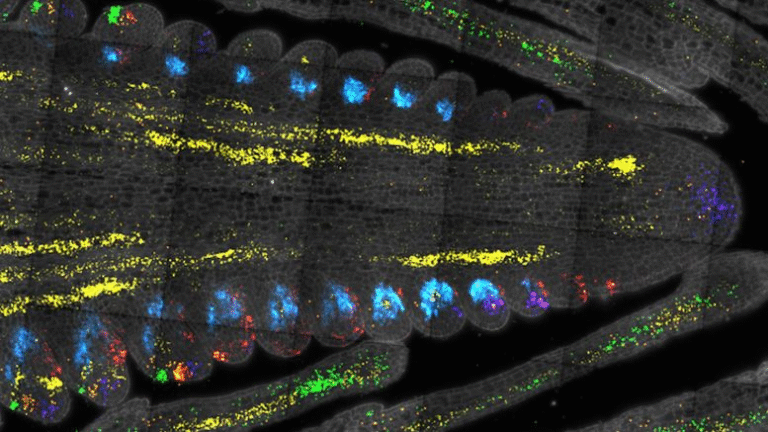Scientists Discover New Quantum State That Could Transform Future Tech

Every once in a while, science delivers a discovery that feels like something out of science fiction. That’s exactly what happened at the University of California, Irvine (UC Irvine), where researchers stumbled upon a completely new state of quantum matter.
What makes it so special?
Not only could it revolutionize how we design future computers, but it also looks like it might be tough enough to handle the harsh conditions of deep space exploration.

A New Kind of Quantum “Phase”
We’re all familiar with how water can switch between liquid, ice, and vapor depending on conditions. In the quantum world, particles like electrons can also form different “phases.” The UC Irvine team discovered a phase unlike anything seen before—a strange new fluid made of electrons and “holes” (the absence of electrons that act like positively charged particles).
Here’s the unusual part: instead of moving in opposite directions, both the electrons and holes rotate together in the same direction. This unusual pairing leads to structures called excitons, which behave in ways that no one had ever actually observed in real experiments—until now.
How They Found It
This new phase wasn’t found by accident. The research team, led by physicist Luis A. Jauregui and postdoctoral researcher Jinyu Liu, engineered a material called hafnium pentatelluride.
To bring out its hidden properties, they placed it inside an incredibly powerful magnetic field—up to 70 Teslas. For context, a refrigerator magnet has about 0.1 Tesla of strength. That’s like comparing a gentle breeze to a hurricane.
When the material was exposed to this intense magnetic environment at the Los Alamos National Laboratory in New Mexico, it suddenly shifted into this newly discovered phase. Even more striking, its ability to carry electrical current dropped sharply, a clear sign that something unusual had happened at the quantum level.
Why This Matters
This isn’t just a cool lab trick—it could reshape the future of technology. Traditional computers depend on moving electrical charges through circuits, but this new quantum phase shows promise for carrying information through spin instead. That means less energy wasted and potentially faster, more efficient devices.
And here’s where things get even more exciting: this new state appears to be resistant to radiation. That’s a huge deal because radiation is one of the main challenges when sending electronics into space. Normal computer chips get scrambled by cosmic rays and solar radiation, but this quantum matter looks like it can shrug off the damage.
Imagine computers on long-duration missions to the Moon or Mars—machines that don’t fail under intense radiation and might even recharge themselves in clever ways thanks to their quantum properties.
Looking Ahead
Right now, scientists are only scratching the surface of what this new quantum matter can do. Could it make spin-based electronics a reality? Will it lead to radiation-proof computers for deep space missions? Or maybe even help create entirely new kinds of quantum devices that we haven’t imagined yet?
As Jauregui put it, no one knows exactly what possibilities this discovery will unlock. What’s clear is that it represents a new chapter in physics, where theory has finally met experimental proof.
For a world racing toward quantum computing and dreaming of human missions to Mars, this discovery couldn’t come at a better time.
Source: “Possible Spin-Triplet Excitonic Insulator in the Ultraquantum Limit of HfTe5” by Jinyu Liu, Varsha Subramanyan, Robert Welser, Timothy McSorley, Triet Ho, David Graf, Michael T. Pettes, Avadh Saxena, Laurel E. Winter, Shi-Zeng Lin and Luis A. Jauregui, 22 July 2025, Physical Review Letters.
DOI: 10.1103/bj2n-4k2w





